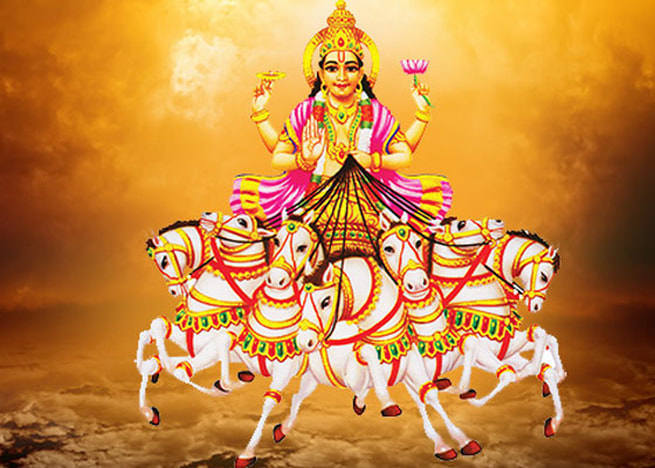Makar Sankrati
This festival falls on the same date every year – as all Sankranti thitis do, as these dates are
based on movement of the Sun. All other Hindu festivals are
based on lunar cycles.
The day derives its name from Makar meaning the zodiac
sign of Capricorn, and Sankranti meaning transition of the
sun from one zodiac sign to another.
So in our daily terms Makar Sankranti means transition of
Sun from Sagittarius sign (which precedes Capricorn) into
the current zodiac sign of Capricorn.
Lord Surya transits every month – thus giving us a Sankranti every month. The other
Sankranti which is somewhat popular is Mesh Sankranti, this falls in the month of April
under the zodiac sign of Aries (Mesh), four months after Makar Sankranti.
Makar Sankranti also signifies Lord Surya’s movement into the Northern Hemisphere, from
the Southern Hemisphere (Longer days and shorter night begin in Northern Hemisphere,
and the opposite in the Southern Hemisphere).
End of the most inauspicious month
The month Starting from December 16 - when Surya transits into Dhenu Rasi, up to January
14 is called Kaar Maas. This is considered Hindu calendar’s most inauspicious month
because Surya goes into lower Rasi and does not regain its position until Makar Sankranti.
During this month Hindus avoid traditional wedding ceremonies and starting new ventures
and the like.
How to Worship
Sri Surya is one of five principal Hindu Gods. The others being Sri Ganesh, Sri Vishnu, Sri
Shiva and Sri Durga.
As discussed above Sankranti is wholly related to Sri Surya.
To worship Sri Surya, we should chant his Gayatri Mantra:
Om Bhaskaraye Vidmahi, Aditi Nandanaye Dimahi Tano Surya Prachodayat
Or simply chant:
Om Sri Suryaye Namah
- To please Lord Surya we should offer Jal at sunrise facing Sri Surya, preferably on a Tulsi plant.
- Offerings of red flowers, fruits, clothes and sweet Prasad made with ghee, milk and flour.
- Chant the Shanti Mantras
even on a daily basis.
We invite readers to send their comments and enquiries to [email protected]

